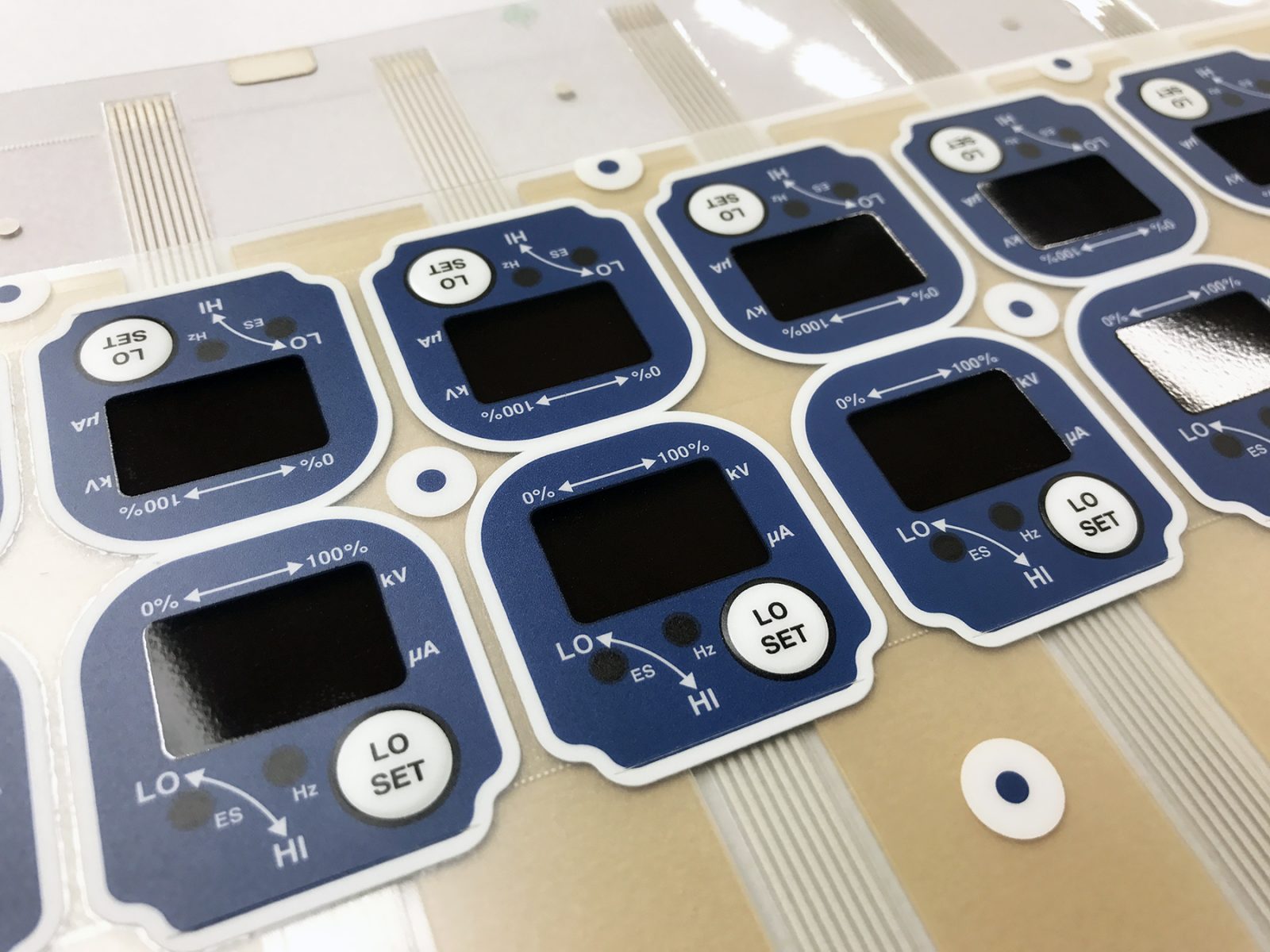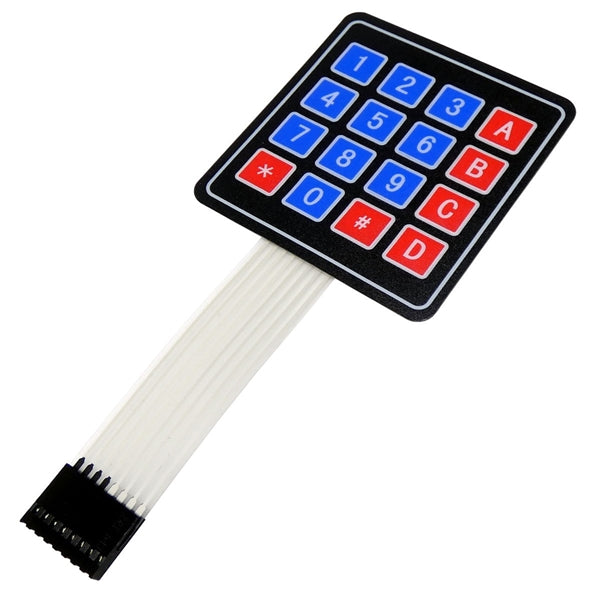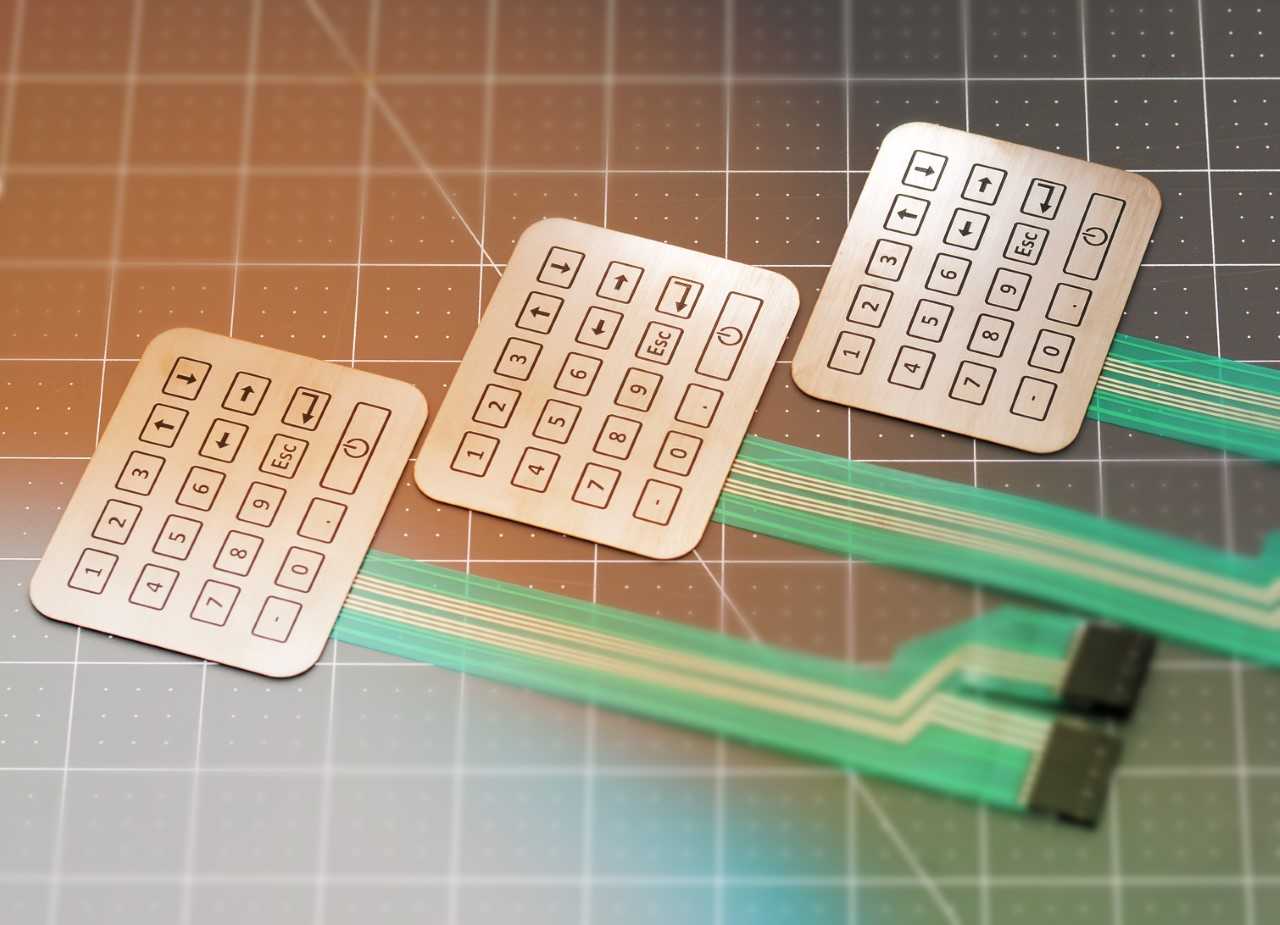Projects requiring accuracy should always involve a qualified membrane switch manufacturer from the start.
Projects requiring accuracy should always involve a qualified membrane switch manufacturer from the start.
Blog Article
All Concerning Membrane Change: Understanding Its Style and Capability
When you believe concerning the control user interfaces in contemporary gadgets, membrane layer switches often come to mind. These parts are more than simply buttons; they blend design and functionality perfectly. Comprehending exactly how they function and what makes them efficient can change your point of view on daily electronic devices. Yet, there are nuances to their style and efficiency that you may not recognize. Allow's discover what collections membrane layer switches aside from other control systems.
What Are Membrane Layer Switches?

Membrane layer switches can additionally be tailored relating to shape, dimension, and graphics, enabling manufacturers to create distinct user interfaces customized to specific items. In general, membrane switches play a considerable duty in improving customer experience throughout a large variety of applications.
Exactly How Membrane Layer Changes Work
When you push a secret on a membrane layer switch, it activates a straightforward yet reliable mechanism. The top layer, often constructed from versatile material, presses down onto a conductive layer beneath it. This action bridges the space in between conductive traces, completing an electrical circuit. As soon as the circuit shuts, it sends a signal to the device's controller, which translates your input.
You'll discover that the tactile comments differs based on the switch design, providing either a soft click or a much more obvious feedback. As soon as you release the key, the membrane returns to its original position, resuming the circuit and stopping the signal. This process takes place practically instantaneously, making certain a responsive customer experience.
Membrane buttons are prominent as a result of their longevity and resistance to dirt and dampness, making them excellent for different applications, from family devices to clinical tools. Understanding this procedure aids you value their prevalent usage.
Key Parts of Membrane Switches
Understanding the key components of membrane layer switches is essential for comprehending their performance and layout. At the core, you'll locate the graphic overlay, which gives the aesthetic user interface for individuals. Underneath that, there's a spacer layer that divides the circuit layers, guaranteeing that they don't make call till pushed. The circuit layer is where the magic occurs; it contains conductive traces that finish the circuit when you press the switch. One more crucial component is the sticky backing, enabling the switch to adhere to surfaces safely. The protective layer guards versus ecological factors and wear, prolonging the switch's lifespan. Each component plays a considerable duty in making sure reliable performance and user communication. By comprehending these components, you'll get insight into just how membrane switches over operate and their significance in various applications.
Materials Made Use Of in Membrane Layer Switch Layout
The efficiency and resilience of membrane layer switches heavily depend upon the products used in their layout. You typically come across polyester and polycarbonate as main substratums due to their superb strength and flexibility. These products withstand scratches and chemicals, making them optimal for requiring environments.
The conductive layers commonly utilize silver or carbon, selected for their dependability and conductivity. membrane switch manufacturer. Silver provides superior efficiency, while carbon is an affordable choice. For the overlay, you may think about a matte or shiny surface, depending on your aesthetic demands and user experience
Make particular to choose adhesives that endure environmental elements like temperature level and humidity. Choosing the ideal products will certainly ensure your membrane switch stands the examination of time.
Style Factors To Consider for Membrane Layer Buttons
While developing membrane layer switches, it's important to take right into account different elements that influence their capability and individual experience. Beginning by focusing on the layout and switch size; make certain they're user-friendly and easy to navigate.
Verify your design suits ecological aspects, like moisture or temperature variations, which might impact efficiency. By thoroughly thinking about these aspects, you'll create a membrane layer button that improves usability and fulfillment.
Applications of Membrane Layer Switches
Membrane layer switches are flexible elements discovered in different applications, from commercial equipment to consumer electronic devices. You'll see their impact in devices that need sturdy user interfaces and in gadgets that gain from smooth designs. Understanding these applications helps you value the performance and practicality of membrane layer switches in everyday modern technology.
Industrial Devices Usage
When you're looking to enhance the functionality of commercial tools, membrane layer buttons provide a trustworthy service that integrates toughness with straightforward design. These buttons are best for harsh atmospheres, giving resistance to dirt, moisture, and chemicals. Accept membrane buttons to enhance your procedures and boost total efficiency.
Customer Electronic Devices Combination
In the domain of consumer electronics, membrane switches play a vital role in enhancing individual communication and tool capability. You'll find them in gadgets like microwaves, push-button controls, and video gaming consoles, providing a seamless means to connect with innovation. Their streamlined style permits easy integration into various products, making controls instinctive and straightforward. With their capacity to incorporate graphics and backlighting, you can take pleasure in a contemporary aesthetic that matches the tool's total appearance. Membrane buttons additionally guarantee toughness and resistance to dirt and wetness, extending the life expectancy of your electronic devices. By selecting membrane switches, you enhance not just the performance but likewise the design of your gadgets, making day-to-day interactions smooth and delightful.
Benefits and Drawbacks of Membrane Layer Buttons
While membrane layer switches offer a variety of advantages, they also include some disadvantages that you ought to take into consideration. One considerable advantage is their compact design, making them suitable for space-constrained applications. They're additionally affordable, offering a resilient option with a reduced manufacturing cost. visit site On top of that, their smooth surface is very easy to tidy, enhancing health in settings like hospitals.

Nonetheless, there are negative aspects. Membrane layer buttons can have a shorter life expectancy contrasted to mechanical buttons, particularly under hefty use. They can likewise be much less responsive, which could affect customer responses throughout operation. Additionally, if damaged, fixing them can be difficult and frequently needs complete substitute. Ultimately, their level of sensitivity to severe temperature levels and environmental conditions may limit their performance in specific setups. Stabilizing these pros and disadvantages get redirected here will help you establish if membrane layer switches are the appropriate fit for your project.
Regularly Asked Questions
How Much Time Do Membrane Switches Over Normally Last?
Membrane changes generally last in between 5 to ten years, depending upon use and ecological problems. You'll wish to review elements like wear, direct exposure to dampness, and temperature level changes to evaluate their long life effectively.
Can Membrane Switches Be Personalized for Particular Designs?
Yes, you can tailor membrane layer buttons to fit details layouts (membrane switch manufacturer). You'll have the flexibility to choose colors, forms, and designs that match your project's demands, ensuring they blend flawlessly with your general visual
What Is the Cost Array for Membrane Layer Switch Production?
The expense range for membrane button manufacturing typically drops in between $1 and $10 per device, depending on aspects like layout complexity, amount, and products. You can get quotes from manufacturers to discover the finest alternative.

Are Membrane Switches Water Resistant or Resistant?
Membrane layer buttons can be developed to be water resistant or immune, depending upon products utilized and building techniques. If you require them for wet settings, assure you specify those needs throughout the style process.
How Do Membrane Switches Contrast to Traditional Buttons?
Membrane buttons are normally thinner and a lot more adaptable than conventional switches, supplying a streamlined design. They're usually easier to cleanse and incorporate, review however could not offer the responsive feedback you're utilized to with mechanical choices.
Verdict

Report this page